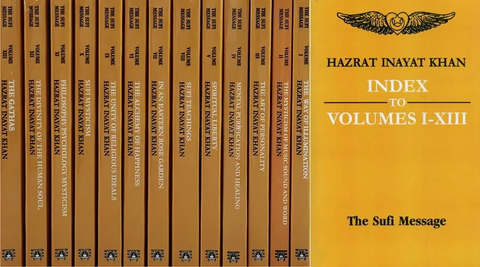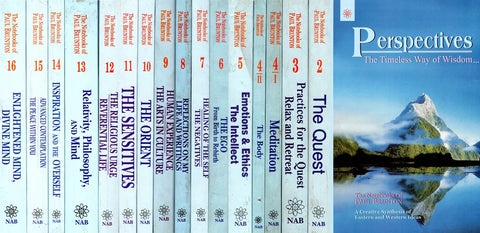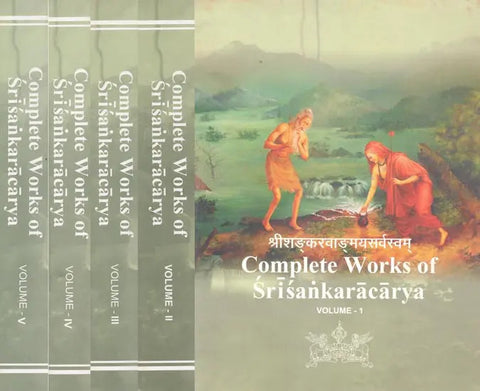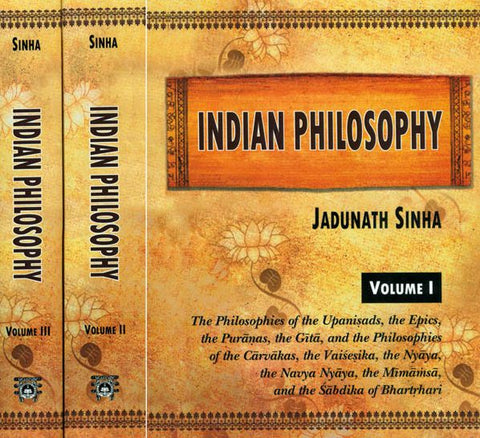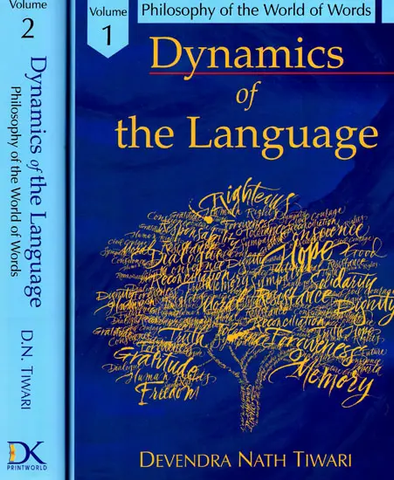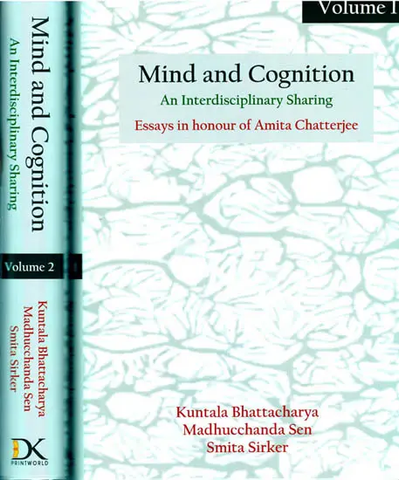Your cart is empty now.
The Saiva philosophy of Kashmir is generally called Trika Sastra, because it is the philosophy of the triad (1) Siva (2) Sakti (3) Nara _ the bound soul or (1) para- the highest (2) parapara- identity in difference and (3) apara difference.
The literature on the Trika system of Kashmir falls into three categories:
(1) the Agama Sastra
(2) the Spanda Sastra
(3) the Pratyabhijna Sastra.
Agama Sastra is considered to be a revelation by Siva. It lays down both the principles and practices of the system. The most important Agama of the Trika system was known as the Siva Sutras.
Siva Sutras are considered to be a revealed book of Yoga: the supreme identity of the individual self with the Divine. Here an English translation of the Siva Sutras has been provided, together with an abstract of each sutra, throwing a flood of light on the entire system of Saiva Yoga. A glossary of technical terms and an index are appended for the convenience of the reader.
Four commentaries on Siva Sutras are available at present, the Vimarsini commentary of Ksemaraja in prose, the Siva-sutra-vrtti by some anonymous author in prose, and the Siva-sutra-varttikam by Varadaraja in verse.
The Siva-Sutra-vrtti is so close to Vimarsini that it appears to be either a preliminary draft or a later abstract of the Vimarsini. There is a strong presumption that the author of the Vrtti was Ksemaraja himself.
Dr. Jaideva Singh has studied the book with the help of his guru Swami Laksmana Joo, the sole surviving exponent of this system in Kashmir and has provided an English translation of the Sutras together with the commentary of Ksemaraja.
The subject matter is arranged as under:
Each Sutra is given in Devanagari as well as in Roman Script. Then the meaning of every word of the Sutra is given in English, followed by a translation of the whole Sutra. This is followed by the Vimarsini Commentary in Sanskrit and its English translation, copious notes on important and technical words and a running exposition of the main ideas of the Sutra.
A long introduction, together with an abstract of each Sutra, throws a flood of light on the entire system of Saiva Yoga. A glossary of technical terms and an index are appended for the convenience of the reader.
A year before his death, my revered Guru MM. Gopinath Kaviraja called me and said, "Recently one translation of Siva-Sutras into Hindi and another into English have been brought to my notice. I have been both pained and shocked by the flagrant errors committed by these translators. It is my earnest wish that you prepare another translation of this great book into English."
My Guru's wish was more than a command to me. I looked into the translations referred to. A new interpretation should always be welcome, but when it goes against the very spirit and tradition of the system, it becomes a pernicious procedure. To cite one instance, the 5th sutra of the first section is worded as 'udyamo Bhairavah'. The word udyama has been translated as 'exertion'. The first section deals with Sambhava-upaya, even the veriest tyro of Saivagama knows that Sambhava upaya has nothing to do with exertion, and so 'udyama' does not and grammar of the Sanskrit language has been twisted and tortured to yield certain pre-conceived meanings. Such preposterous translation is, to say the least, a literary crime.
I had made a promise to carry out the commands of my Guru, but when I tried to understand the text, I found myself at sea. I was afraid of setting pen to paper lest I should do injustice to this great scripture. Kaviraja ji was too ill to teach. So I studied the text word by word with the help of Acarya Rameshvara Jha who is a great Sanskrit scholar and fully conversant with Saivagama. I am very grateful to him for his help. I felt, however, that I should study it further with the help of one who has been brought up in the Saivagama tradition. So I approached my old Guru, Svami Laksmana Joo of Kashmir who, in spite of his old age and a heavy schedule of engagements with a number of scholars who had gathered around him, kindly agreed to help. He taught me the sutras together with the commentary of Ksemaraja and gave a luminous exposition of some very knotty problems, I am deeply beholden to him for unravelling the meaning of this difficult text.
Ksemaraja, in the introductory portion of his commentary, says that since many incongruous expositions had been given by the commentaries extant in his time, he undertook to write a new commentary in due conformity with the old tradition. I have, therefore, translated the sutras along with the Vimarsini commentary of Ksemaraja. The style of Ksemaraja is somewhat involved, and so it has been an uphill task to translate his commentary into English. I have tried my best to make the translation as clear and readable as possible.
Four commentaries on Siva-sutras are available at present, the Vimarsini commentary of Ksemaraja in prose, the Siva-sutra-vrtti by some anonymous author in prose, the Siva-sutra-varttikam by Bhaskara in verse, and the Siva-sutra-varttikam by Varadaraja in verse.
The Siva-sutra-vrtti is so close to Vimarsini that it appears to be either a preliminary draft or a later abstract of the Vimarsini. There is a strong presumption that the author of the Vrtti was Ksemaraja himself. The Varttikam by Varadaraja is only a rehash of the Vimarsini in Verse. The Varttikam by Bhaskara is an independent commentary. He differs in places from Ksemaraja. I have indicated this in my notes or exposition wherever necessary. Ksemaraja's commentary is so detailed and scholarly that it has practically elbowed every other commentary out of existence. I have, therefore, duly followed Ksemaraja in my exposition.
I have adopted the following plan in the book. Each sutra is given both in Devanagari and Roman script. Then the meaning of every word of the sutra. This is followed by the Vimarsini commentary in Sanskrit. The commentary is then translated into English. After this, copious notes are added on important and technical words. Finally, I have given a running exposition of the main ideas of the sutra in my own words.
A long Introduction has been given in the beginning this is followed by an abstract of each sutra. At the end of the book, a glossary of all the technical terms and Index has been appended.
For me, this work has been a labour of love, without any financial and secretarial assistance whatsoever. My great Guru, MM. Gopinath Kaviraja passed away before the work could be completed. I can now only console myself by dedicating it to his revered memory.
Jaideva Singh (1893-1986) was a great scholar in musicology, philosophy and Sanskrit. A former principal of Y.D. College, Lakhimpur-Kheri, he served as Chief Producer in All-India Radio and among other posts acted as Chairman of U.P. Sangit Natak Academi. He was awarded Padma Bhushan by the Government of India in 1974. After his retirement, he settled in Varanasi to study with M.M. Gopinath Kaviraj. He dedicated the later part of his life to the study of Kashmir Saivism. he published several books in Hindi and English translations of Kashmir Saiva texts, such as Siva-Sutras, Spanda-Karika, Pratyabhijnahrdayam.
The Siva Sutras are perhaps the most authoritative text of Kashmir Saivism and certainly, it is an outstanding treatise on a definite system of philosophy.
The experience of Sadasiva is 'I am this' and that of Iswara is 'This am I' and Sadvidya or Suddhavidya Tattva, where 'I' and 'This' side of experience are equally balanced. It is pertinently pointed out that this philosophy is unique in merging the sadhaka to a state of bliss (ananda) completely into the non-dualistic Siva.
K.S. Ramakrishna Rao
The Hindu (Madras), 3 July 1979
Siva Sutras Vimarsini is an important treatise on Saivism. The Sutras reveal the Yoga of the Supreme Identity of the individual self with the Divine.
The translator has done singular service by making the treatise accessible to those who are interested in the subject.
Assam Tribune
| DEDICATED | v |
| BLESSING | vi |
| PREFACE | vii |
Introduction |
|
| The Main Sources of the Non-dualistic Saiva System of Philosophy and Yoga | xv |
| The Philosophical Background of the Siva-Sutras-Ultimate Reality | xix |
| Manifestation | xxi |
| Bondage | xxix |
| Liberation | xxx |
| Upayas for Liberation | |
| (i) Sambhavopaya | xxxi |
| (ii) Saktopaya | xxxix |
| (iii) Anavopaya | xlviii |
| Summary of Contents of the Sutras - | |
| I Section-Sambhavopaya | lviii |
| II Section-Saktopaya | lx |
| III Section-Anavopaya | lxii |
|
SIVA SUTRAS-TEXT AND COMMENTARY |
|
| Ksemaraja's Introduction to the Sutras | 1-5 |
|
SECTION I - SAMBHAVOPAYA |
|
| Sutra 1 together with the Vimarsini Commentary. | 6-15 |
| Sutra 2 together with the Vimarsini Commentary. | 15-21 |
| Sutra 3 together with the Vimarsini Commentary. | 21-24 |
| Sutra 4 together with the Vimarsini Commentary. | 24-29 |
| Sutra 5 together with the Vimarsini Commentary. | 29-32 |
| Sutra 6 together with the Vimarsini Commentary. | 32-36 |
| Sutra 7 together with the Vimarsini Commentary. | 36-40 |
| Sutra 8, 9 and 10 together with the Vimarsini Commentary. | 41-47 |
| Sutra 11 together with the Vimarsini Commentary. | 47-50 |
| Sutra 12 together with the Vimarsini Commentary. | 51-52 |
| Sutra 13 together with the Vimarsini Commentary. | 53-56 |
| Sutra 14 together with the Vimarsini Commentary. | 56-58 |
| Sutra 15 together with the Vimarsini Commentary. | 58-61 |
| Sutra 16 together with the Vimarsini Commentary. | 61-63 |
| Sutra 17 together with the Vimarsini Commentary. | 63-65 |
| Sutra 18 together with the Vimarsini Commentary. | 65-68 |
| Sutra 19 together with the Vimarsini Commentary. | 68-72 |
| Sutra 20 together with the Vimarsini Commentary. | 72-75 |
| Sutra 21 together with the Vimarsini Commentary. | 75-77 |
| Sutra 22 together with the Vimarsini Commentary. | 77-81 |
| Sutra 1 together with the Vimarsini Commentary. | 82-86 |
| Sutra 2 together with the Vimarsini Commentary. | 86-88 |
| Sutra 3 together with the Vimarsini Commentary. | 88-96 |
| Sutra 4 together with the Vimarsini Commentary. | 97-98 |
| Sutra 5 together with the Vimarsini Commentary. | 99-102 |
| Sutra 6 together with the Vimarsini Commentary. | 102-103 |
| Sutra 7 together with the Vimarsini Commentary. | 104-118 |
| Sutra 8 together with the Vimarsini Commentary. | 118-120 |
| Sutra 9 together with the Vimarsini Commentary. | 120-122 |
| Sutra 10 together with the Vimarsini Commentary. | 122-125 |
| Sutra 1 together with the Vimarsini Commentary. | 126-128 |
| Sutra 2 together with the Vimarsini Commentary. | 128-132 |
| Sutra 3 together with the Vimarsini Commentary. | 132-134 |
| Sutra 4 together with the Vimarsini Commentary. | 134-138 |
| Sutra 5 together with the Vimarsini Commentary. | 138-142 |
| Sutra 6 together with the Vimarsini Commentary. | 142-146 |
| Sutra 7 together with the Vimarsini Commentary. | 146-150 |
| Sutra 8 together with the Vimarsini Commentary. | 150-152 |
| Sutra 9 together with the Vimarsini Commentary. | 152-154 |
| Sutra 10 together with the Vimarsini Commentary. | 154-156 |
| Sutra 11 together with the Vimarsini Commentary. | 156-157 |
| Sutra 12 together with the Vimarsini Commentary. | 157-158 |
| Sutra 13 together with the Vimarsini Commentary. | 158-160 |
| Sutra 14 together with the Vimarsini Commentary. | 160-161 |
| Sutra 15 together with the Vimarsini Commentary. | 161-162 |
| Sutra 16 together with the Vimarsini Commentary. | 162-165 |
| Sutra 17 together with the Vimarsini Commentary. | 165-168 |
| Sutra 18 together with the Vimarsini Commentary. | 168-170 |
| Sutra 19 together with the Vimarsini Commentary. | 170-174 |
| Sutra 20 together with the Vimarsini Commentary. | 174-176 |
| Sutra 21 together with the Vimarsini Commentary. | 176-179 |
| Sutra 22 together with the Vimarsini Commentary. | 179-182 |
| Sutra 23 together with the Vimarsini Commentary. | 182-183 |
| Sutra 24 together with the Vimarsini Commentary. | 183-185 |
| Sutra 25 together with the Vimarsini Commentary. | 185-186 |
| Sutra 26 together with the Vimarsini Commentary. | 186-189 |
| Sutra 27 together with the Vimarsini Commentary. | 189-191 |
| Sutra 28 together with the Vimarsini Commentary. | 191-193 |
| Sutra 29 together with the Vimarsini Commentary. | 193-195 |
| Sutra 30 together with the Vimarsini Commentary. | 195-198 |
| Sutra 31 together with the Vimarsini Commentary. | 198-199 |
| Sutra 32 together with the Vimarsini Commentary. | 199-202 |
| Sutra 33 together with the Vimarsini Commentary. | 202-204 |
| Sutra 34 together with the Vimarsini Commentary. | 205-206 |
| Sutra 35 together with the Vimarsini Commentary. | 206-207 |
| Sutra 36 together with the Vimarsini Commentary. | 207-209 |
| Sutra 37 together with the Vimarsini Commentary. | 209-211 |
| Sutra 38 together with the Vimarsini Commentary. | 211-215 |
| Sutra 39 together with the Vimarsini Commentary. | 215-217 |
| Sutra 40 together with the Vimarsini Commentary. | 217-218 |
| Sutra 41 together with the Vimarsini Commentary. | 219-221 |
| Sutra 42 together with the Vimarsini Commentary. | 221-223 |
| Sutra 43 together with the Vimarsini Commentary. | 223-227 |
| Sutra 44 together with the Vimarsini Commentary. | 227-229 |
| Sutra 45 together with the Vimarsini Commentary. | 229-230 |
| Conclusion. | 231-234 |
| Glossary of Technical Terms | 235-263 |
| Subject Index | 265-266 |
| Index to important Sanskrit Words | 267-275 |
| Alphabetical Index to the Sutras. | 276-278 |
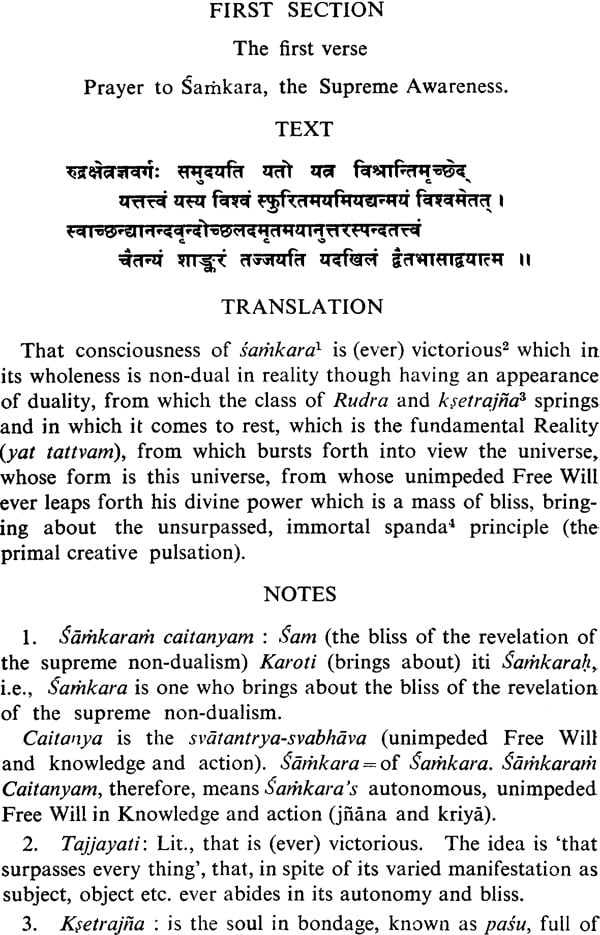


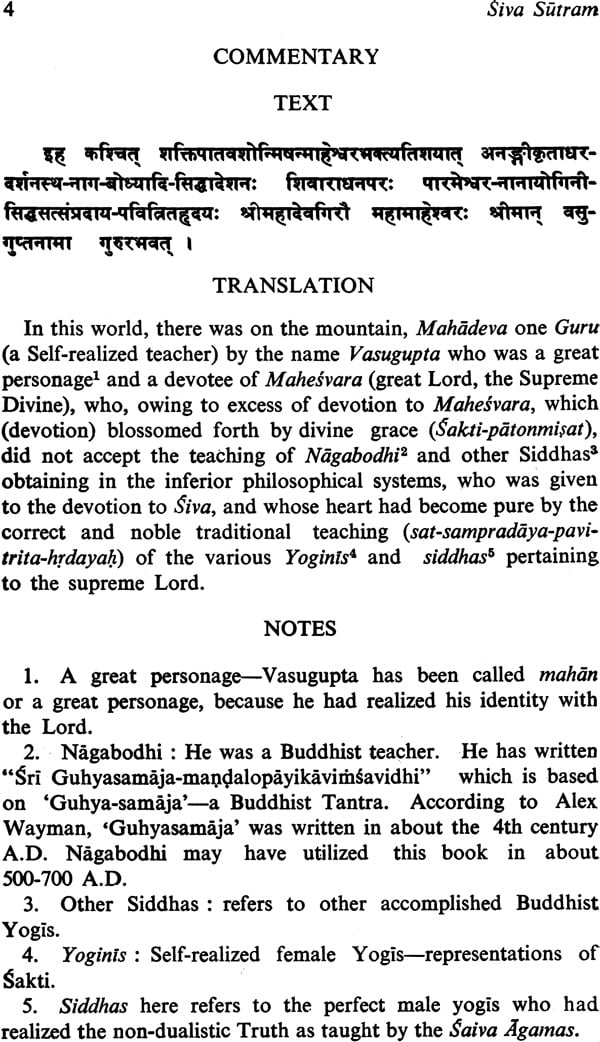

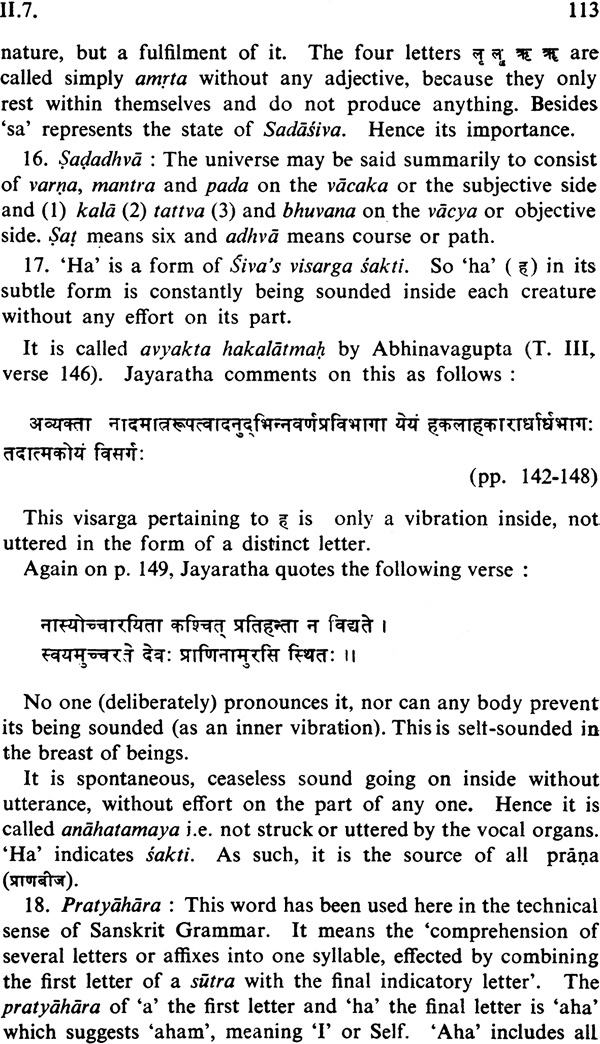
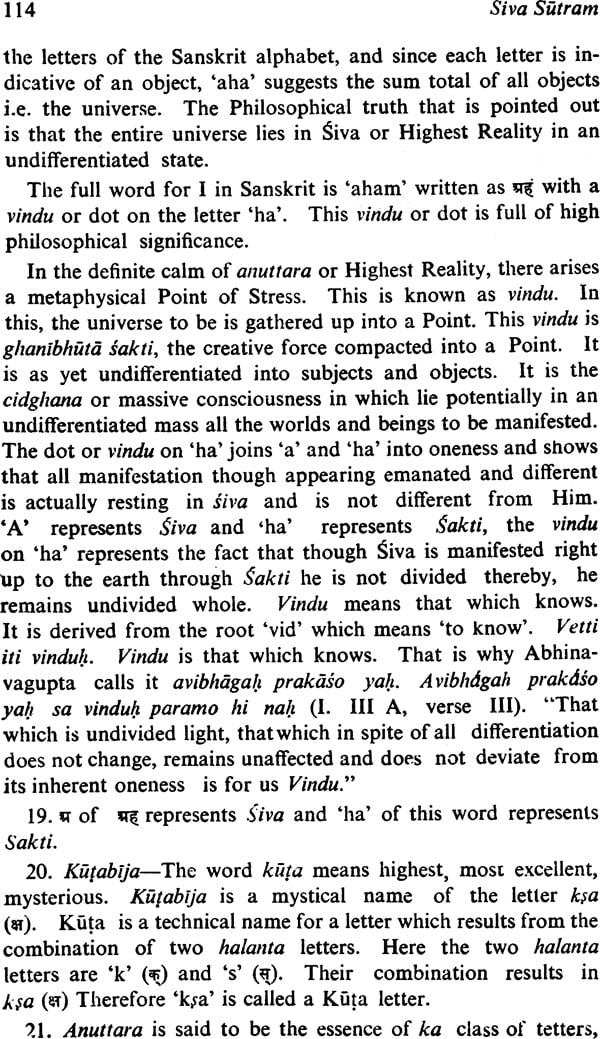




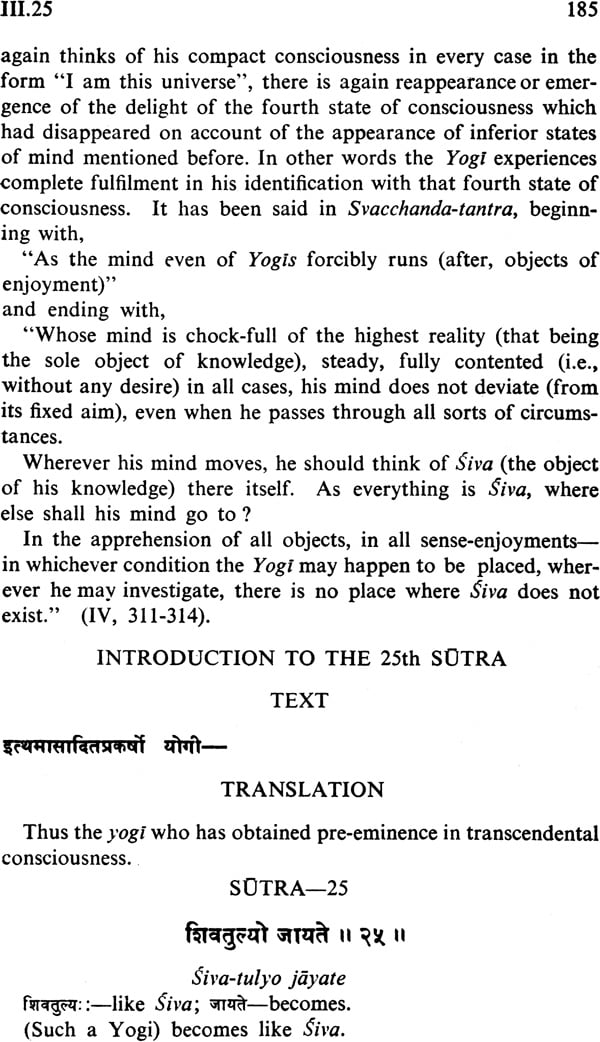
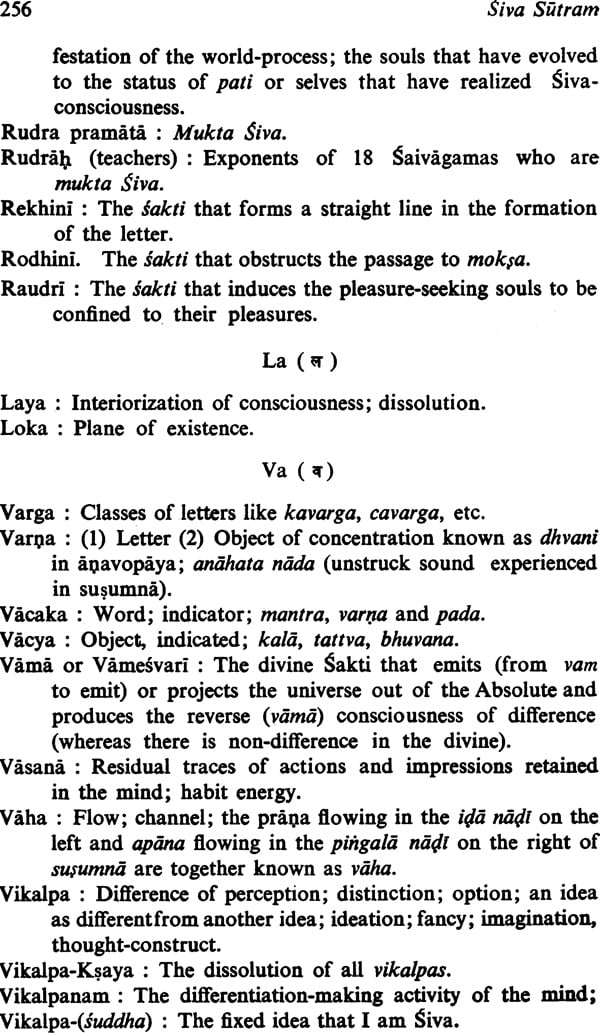


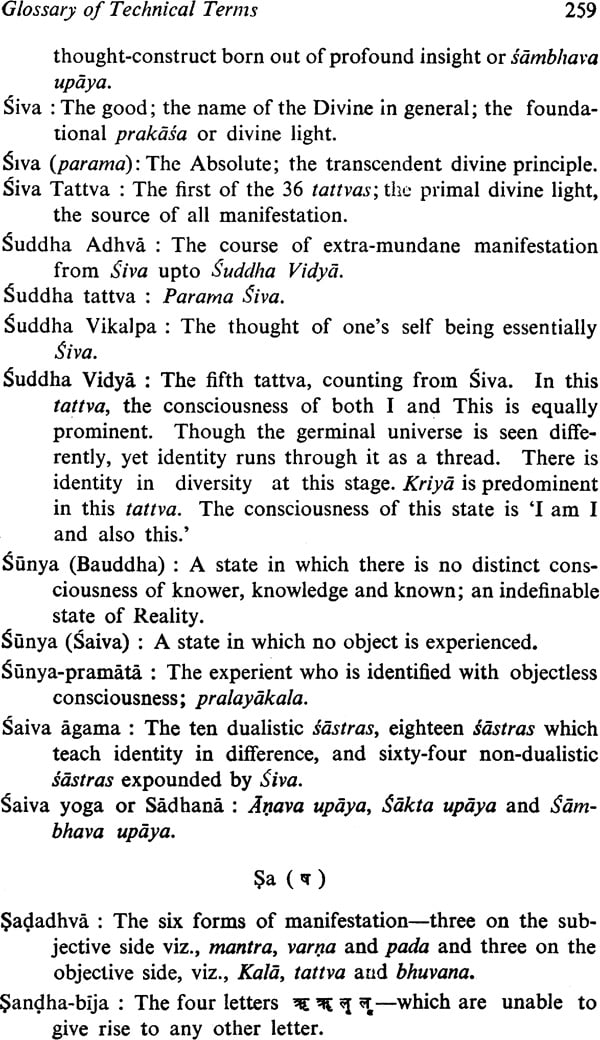
Delivery and Shipping Policy
- INTERNATIONAL SHIPPING
- Rs.1000-1100/kg
- ESTD. Delivery Time: 2-3 weeks (depending on location)
- Bubble Wrapped with Extra Padding
- NATIONAL SHIPPING
- NCR: Rs. 30/half kg
- Standard: Rs. 80/half kg
- Express shipments also available on Request
- ESTD. Delivery Time: Ranging from 1-4 days up to 7 business days (Depending on your choice of Delivery)
- TRACKING
- All orders; national or international, will be provided with a Tracking ID to check the status of their respective orders
- Depending on the Shipping Service, Tracking ID may be used on their respective tracking portals
Frequently Asked Questions (FAQs)
Domestic Shipping: 3-4 Days (after shipping)
International Shipping: 1-2 weeks (based on your location)
You will receive an email once your order has been shipped or you can email us if you didn't receive tracking details (info@mlbd.co.in)
Every book that we sell is the latest edition except all the rare books
Yes, we do provide free shipping, only on domestic orders (within India) above Rs.1500

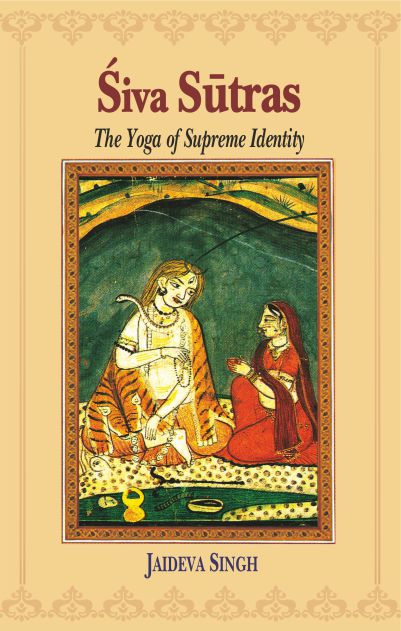
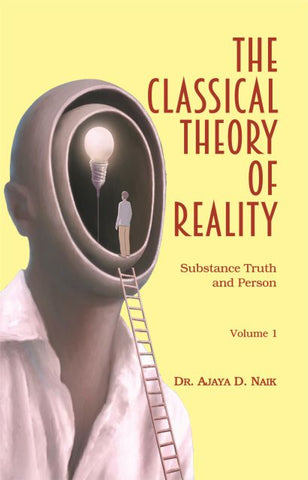
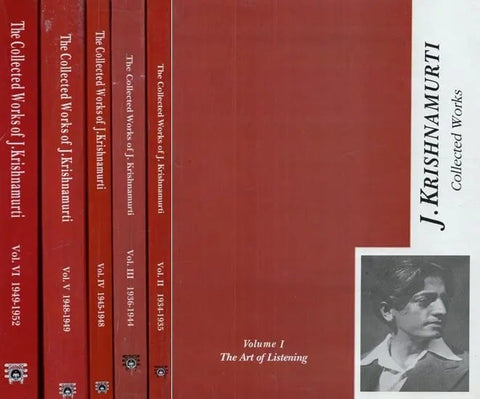

![A HISTORY OF INDIAN PHILOSOPHY [5 VOLUMES] by Surendranath Dasgupta](http://www.motilalbanarsidass.com/cdn/shop/products/HISTORYOFINDIANPHILOSOPHY_large.jpg?v=1675238163)
